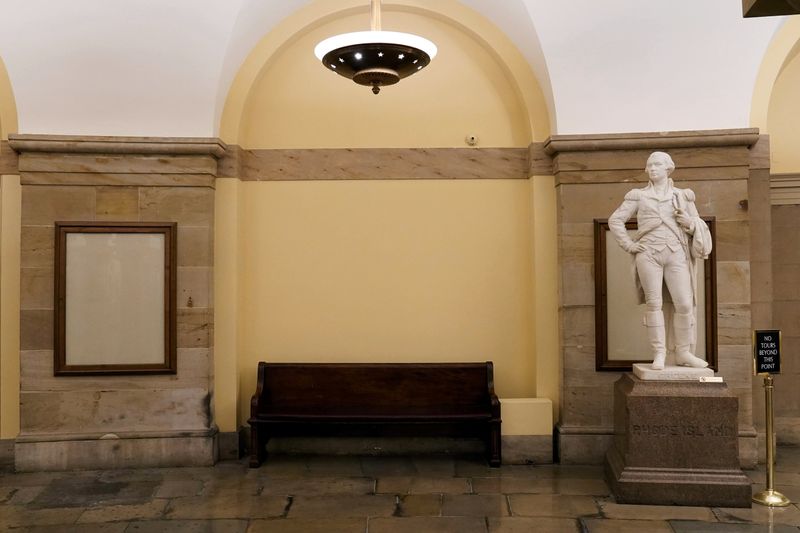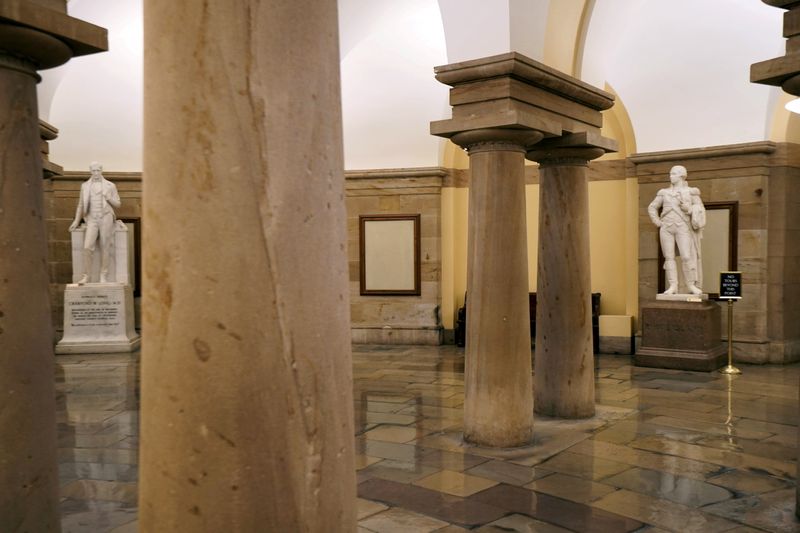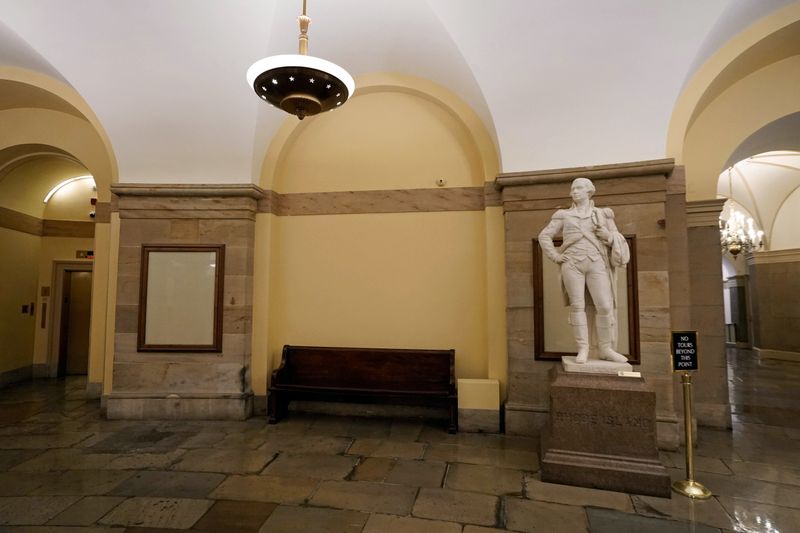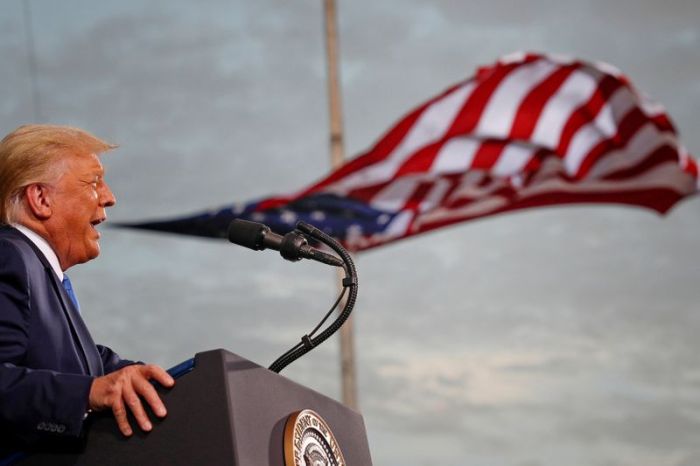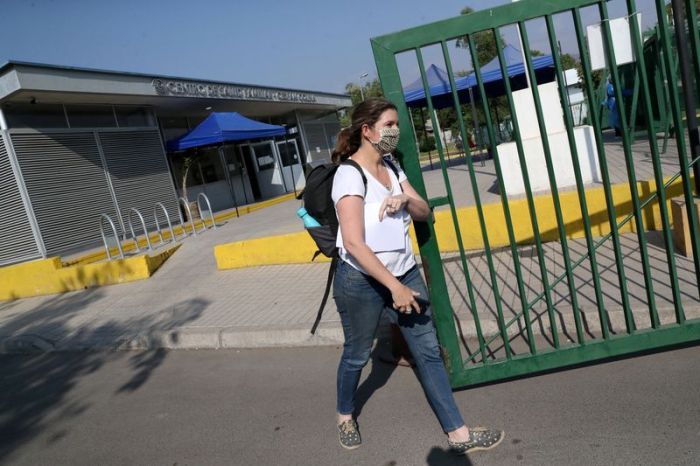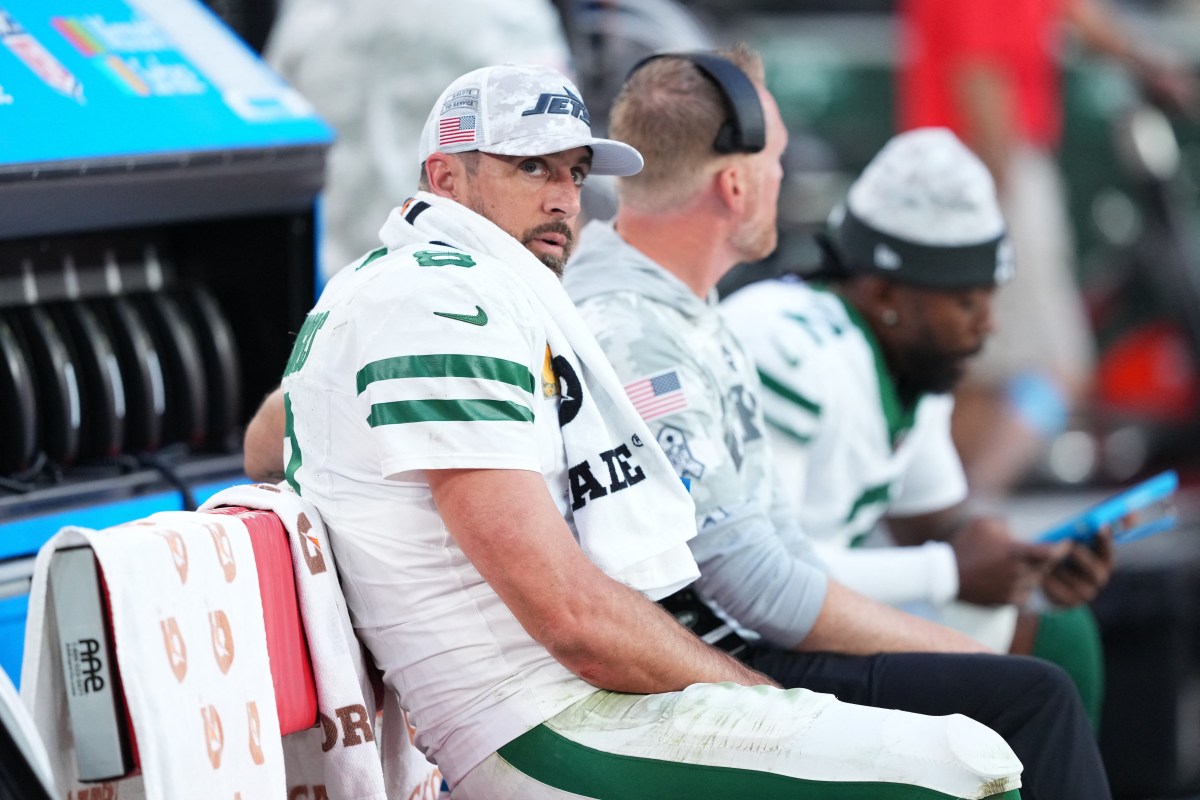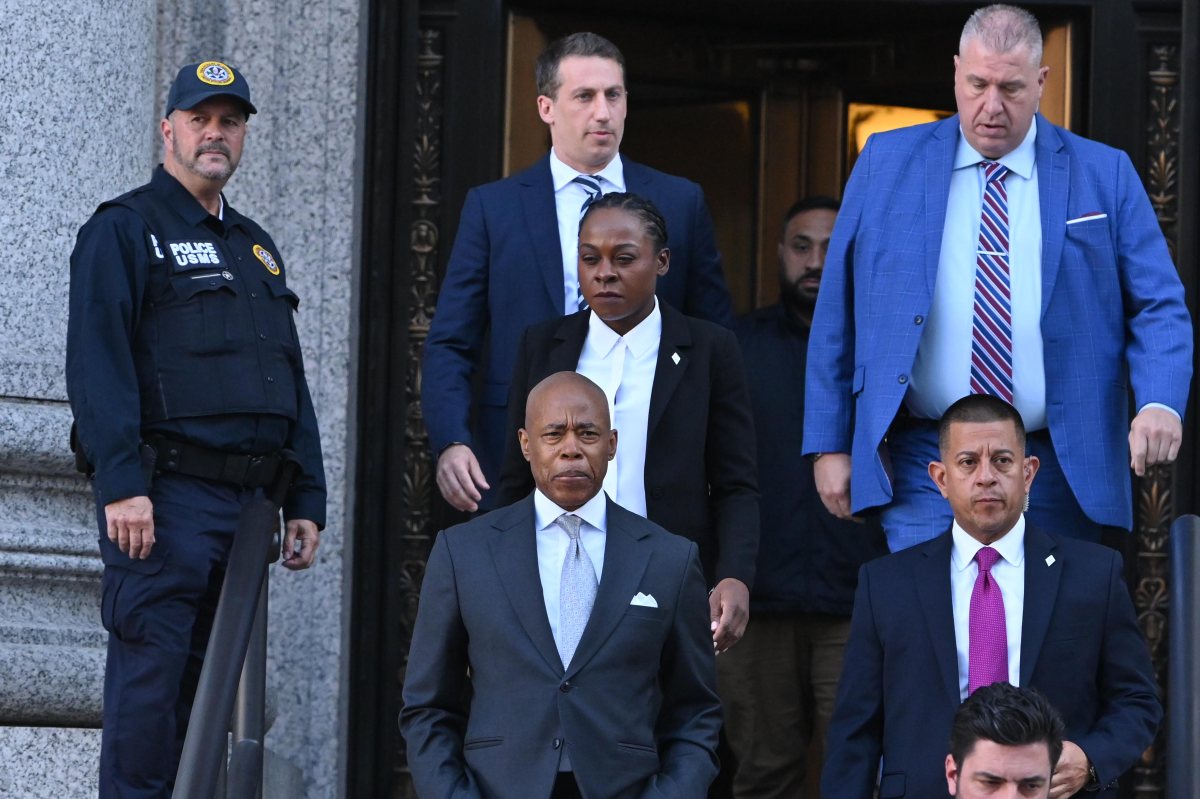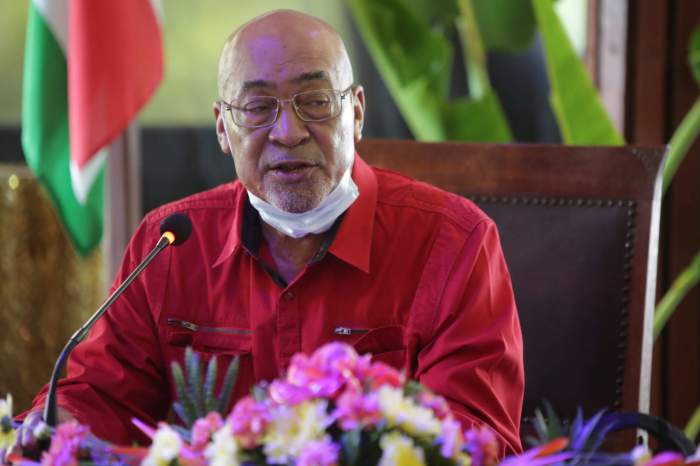WASHINGTON (Reuters) – A statue of Black civil rights activist Barbara Johns, who played a key role in the desegregation of the public school system, will be installed in the U.S. Capitol Rotunda, officials said on Monday, replacing one of a leader of the pro-slavery Confederacy.
Johns was 16 when she led classmates at her all-Black Virginia high school in protest of substandard conditions, leading to a lawsuit that was resolved in the U.S. Supreme Court’s 1954 Brown v Board of Education decision that declared segregation illegal.
The statue, provided by Virginia, will replace one of General Robert E. Lee, commander of the Confederate States Army and the Army of Northern Virginia during the U.S. Civil War.
“The Congress will continue our work to rid the Capitol of homages to hate, as we fight to end the scourge of racism in our country,” House of Representatives Speaker Nancy Pelosi said in a statement. “There is no room for celebrating the bigotry of the Confederacy in the Capitol or any other place of honor in our country.”
Representative Donald McEachin of Virginia said on Twitter: “I look forward to seeing a statue of Barbara Johns, whose bravery changed our nation, representing VA here soon.”
Pressure has been mounting in the United States for the removal of Confederate flags, statues, street signs and other memorials to Confederate military and political leaders.
A sweeping defense authorization bill passed by Congress recently would strip the names of Confederate generals from U.S. military bases. President Donald Trump has threatened to veto the legislation, in part over this provision.
Last May’s death of George Floyd while in the custody of Minneapolis police sparked demonstrations across the United States and the world, as protesters demanded policing reforms, especially in law enforcement’s treatment of Black Americans.
In June, a statue of Jefferson Davis, president of the Confederate states, was toppled on Monument Avenue in Richmond, which served as the capital of the Confederacy.
(Reporting by Scott Malone and Richard Cowan; Editing by Dan Grebler and Mark Potter)

